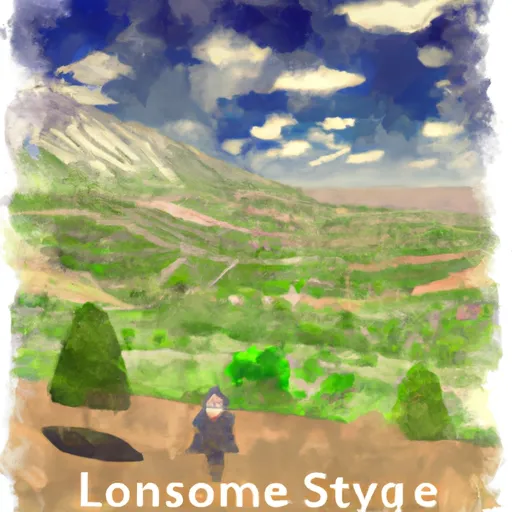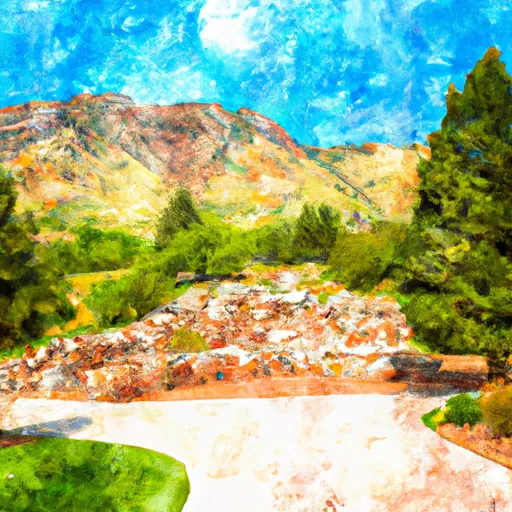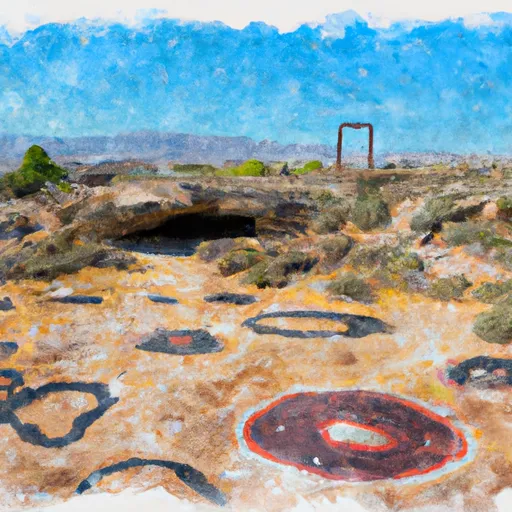Summary
The petroglyphs were created by the Native American Fremont culture between 400 and 1300 AD and depict various scenes of daily life, hunting, and spiritual beliefs. The site was rediscovered in the 1930s and has since become a popular destination for tourists and archaeologists alike. Visitors can take guided tours or explore the site on their own, but are urged to respect the historical and cultural significance of the petroglyphs.
There are several good reasons to visit the Little Black Mountain petroglyphs, including the opportunity to see one of the largest and most intricate rock art panels in the Southwest. Visitors can also learn about the Fremont culture and gain insight into their way of life and spiritual beliefs. In addition, the site is located in a beautiful natural area with hiking trails and scenic views of the surrounding landscape. Overall, the Little Black Mountain petroglyphs provide a unique and educational experience for anyone interested in archaeology, Native American history, or outdoor recreation.

 Bloomington Hills North Park
Bloomington Hills North Park
 Bloomington Park
Bloomington Park
 Christensen Park
Christensen Park
 Bloomington Petroglyph Park
Bloomington Petroglyph Park
 Boots Cox Family Park
Boots Cox Family Park